Gender parity in scientific publishing: still a long way to go
Researcher Vincent Larivière explains the factors leading to gender inequality in research.
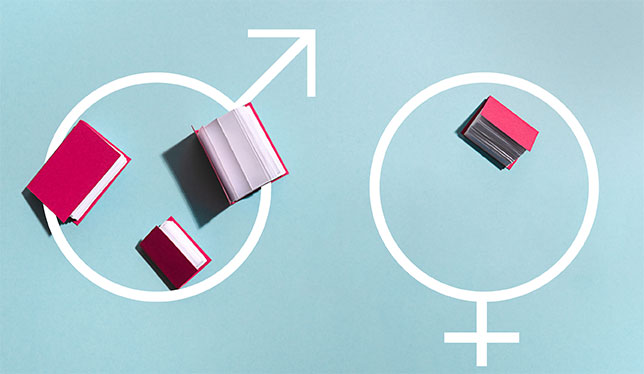
Despite efforts made by many universities, gender parity has yet to be achieved in the academic research world in 2021. Vincent Larivière, a researcher and professor at Université de Montréal’s École de bibliothéconomie et des sciences de l’information (School of Library Science and Information Science), used an algorithm and a series of studies conducted over a 10-year span to analyze the factors that lead to the gender gap and to identify the countries with the highest proportion of women who publish scientific papers.
Dr. Larivière used the Web of Science platform, which includes six bibliographical databases, to research the gender of several million authors who published papers from 2008 to 2018.
According to the results, Argentina and Brazil are in the lead with respect to gender parity in academic research. For the study, gender parity is understood to mean at least 40 per cent of scientific papers authored by women. Other frontrunners include former USSR satellite countries Poland and Latvia. However, Dr. Larivière cautioned that “this isn’t necessarily for the right reasons. In many of these countries, men’s life expectancy is much shorter than women’s. In other words, there are more women in research because the men die earlier.” The professor added that in these countries, academic careers are not seen favourably, nor are they well paid.
He noted that some countries with a lower proportion of women, like Japan or some Middle East countries, were lower down the list. “The scientific community often mirrors the country’s social reality,” he said.
What about Quebec and Canada?
In terms of the proportion of women authors of scientific papers, Quebec is slightly above the Canadian average, which is 33 per cent, which in turn is slightly above the world average of 31 per cent. “Quebec is ahead of the Canadian average partly because of our social system that gives women a good amount of maternity leave, and especially because of our early childhood daycare system that allows women to return to the workplace fairly quickly and at their own pace,” explained Dr. Larivière.
He also noted, however, that while Quebec sits above the average thanks to its societal structure, much work still remains as the province has yet to reach gender parity. Again, according to Dr. Larivière, the world average was pulled down by certain countries, meaning that Quebec and Canada’s higher rankings should be taken with a grain of salt.
Work-life balance
Certain factors can explain the lack of gender parity in academic research. Dr. Larivière identified the weight of family responsibilities as one of these factors. “Our data shows that for men, having children benefits their career because they are seen as more serious, while the impacts are more harmful for women,” explained the researcher, who noted that in this sense, the academic world somewhat mirrors society in general.
It’s harder for women researchers to achieve that work-life balance because they don’t have set schedules. “In research,” said Dr. Larivière, “there are no limits to how much work you can take on. Some people may work 80 hours a week because they don’t have family obligations, while others can’t do that, and that leads to work inequalities.”
Jessica Riel, a researcher in the Université du Québec en Outaouais’ industrial relations department, studies work-life balance in male-dominated fields. She has noted that the “performance-based” academic publishing system works against women as it is challenging to maintain a significant publishing pace while also being invested in your family life. Within this system, the more you publish the more grants you get, which causes some women to give up on the idea of having children in favour of their career.
Potential solutions
Dr. Larivière identified several potential solutions to help boost women’s prominence in research. One of these is to provide more support and grants to young women to cover childcare costs or other family-related costs. He also proposes that quotas be imposed to certain research chairs, along with funding restrictions if these are not met.
Dr. Riel would like to see more diversity among the committees that evaluate grant applications as well as at the peer review stage of scientific publishing. “These are realistic solutions that can be implemented in the short term if we’re motivated to do so.”
She also believes that part of the solution lies in raising men’s awareness. “Men need to invest more [in their family] and share the tasks. It also means certain professors who adhere to this performance culture will have to change their ways,” she said.
Despite the slight improvement in parity, Dr. Larivière is under no illusion – there is still a long way to go in some fields. “In engineering, physics and mathematics, we’re still pretty far from the goal. According to our forecasts, it would take around 250 years to reach [a 50 per cent proportion] in physics.” For mathematics, where almost 20 per cent of papers are written by women, parity won’t be achieved until around 2178. This led Dr. Larivière to conclude that “things are progressing, just not very quickly.”
Featured Jobs
- Psychology - Assistant Professor (Speech-Language Pathology)University of Victoria
- Business – Lecturer or Assistant Professor, 2-year term (Strategic Management) McMaster University
- Canada Excellence Research Chair in Computational Social Science, AI, and Democracy (Associate or Full Professor)McGill University
- Veterinary Medicine - Faculty Position (Large Animal Internal Medicine) University of Saskatchewan



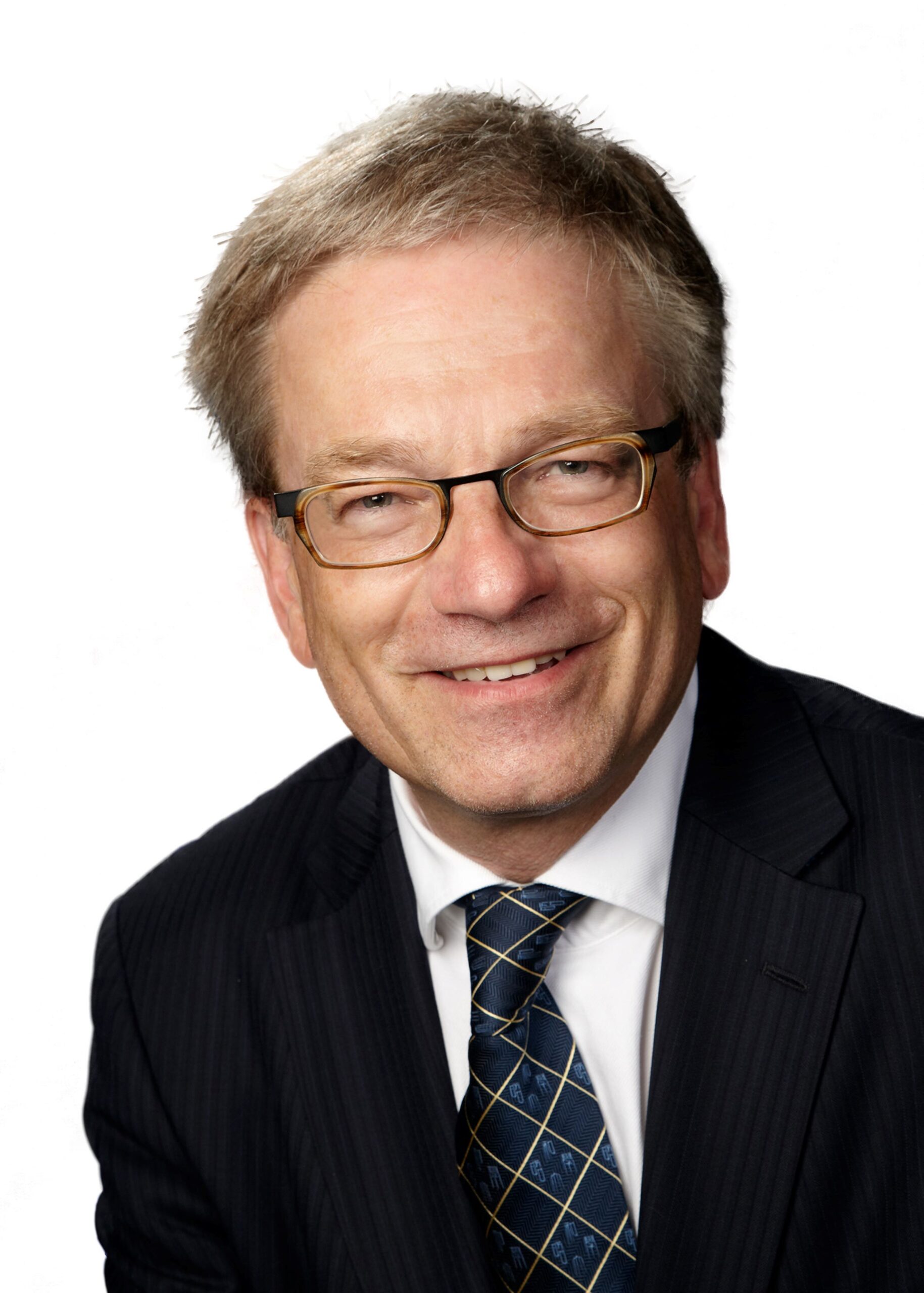

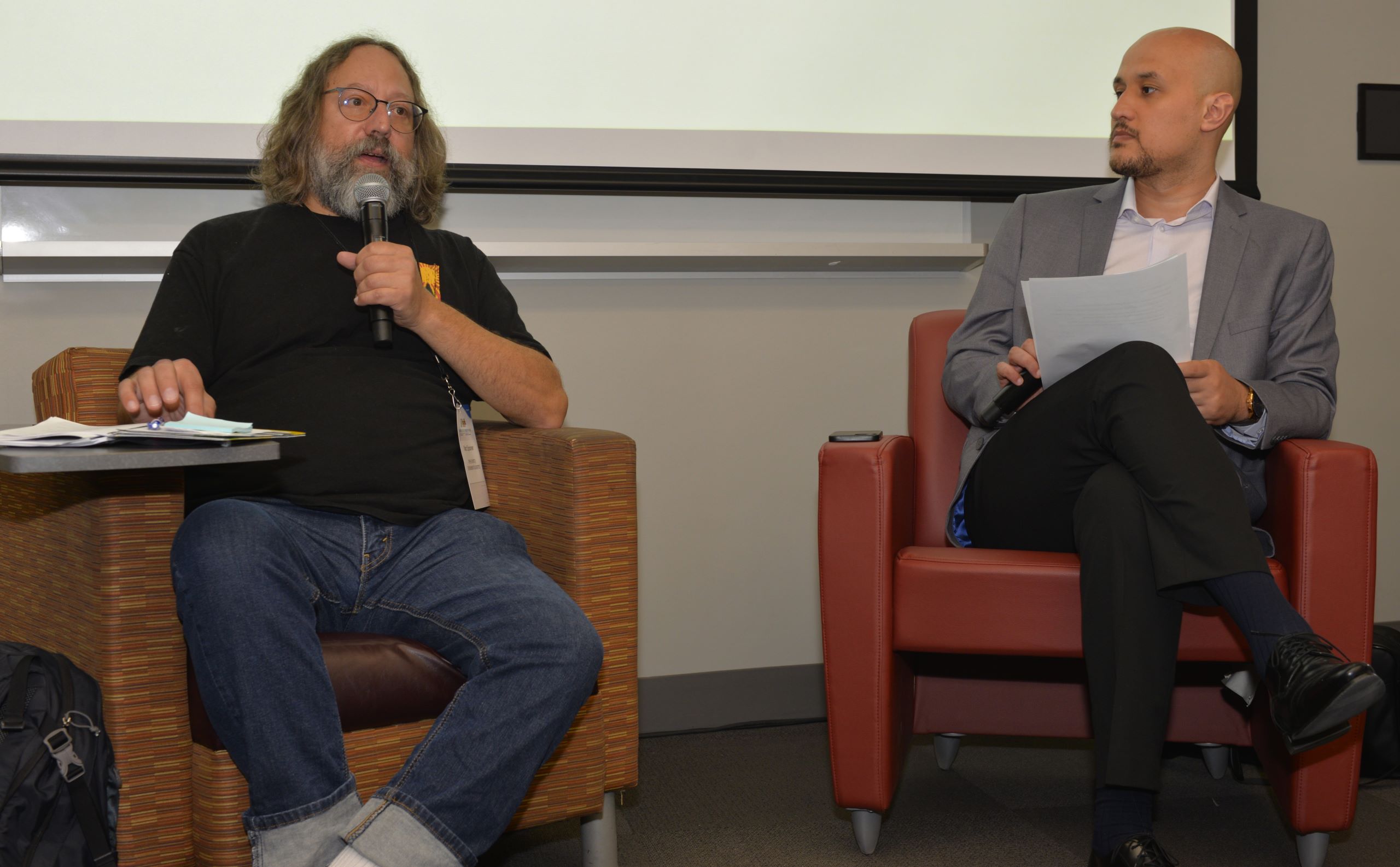


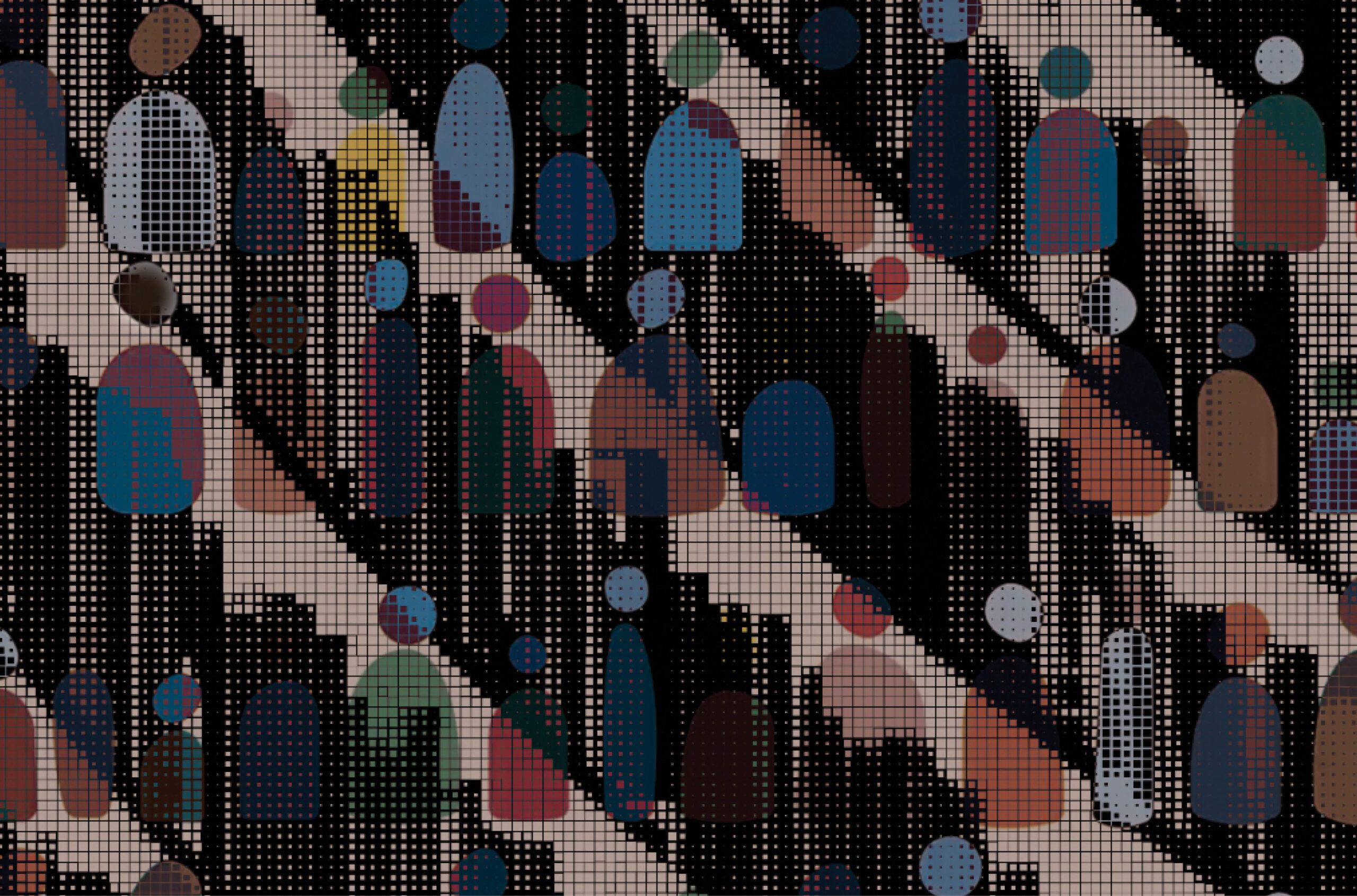





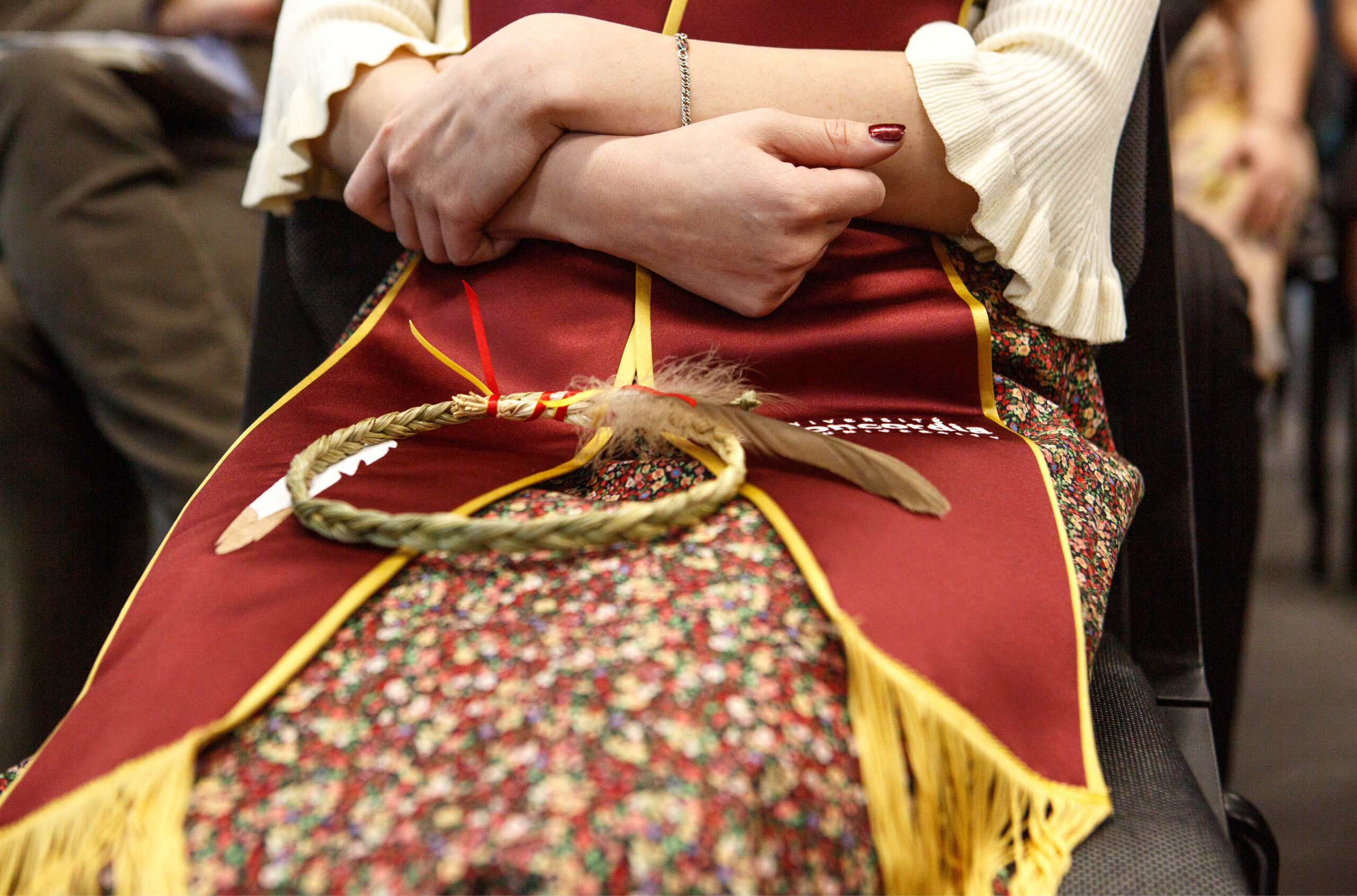
Post a comment
University Affairs moderates all comments according to the following guidelines. If approved, comments generally appear within one business day. We may republish particularly insightful remarks in our print edition or elsewhere.
2 Comments
If you set an inappropriate goal (50%), then you pretty much guarantee failure (i.e., perpetual seeking of the holy grail), extreme discrimination against males in an effort to achieve it, or a very high degree of implausible social engineering. Is it really reasonable for the goal of equity in physics to be 50% or in any discipline … 50% males in nursing and education? No room for a host of possible differences by sex/gender: Vocational interests? Preferences about lifestyle? Desire to marry? Wanting to spend time with kids versus in the lab? …
How did the idea of equity morph from elimination of inappropriate barriers to achievement to a belief that every aspect of life has to be perfectly proportional to identity?
Indeed, this article hits the nail on the head. Expanding on this seminal work, it is clear that there is acute need to conduct similar research on intra-gender disparities in scientific publishing. There is substantial anecdotal evidence that points to gross disparities in scientific publishing within researcher groups delineated along gender lines to justify a similar large scale effort to identify and quantify the magnitude of such disparities. Once the intra-gender disparities in scientific publishing are exposed, next step should be to delve into the intra-gender disparities in research funding and awarding of research chairs, which are designed to favor disparity. The systemic discrimination within gender boundaries must be eradicated.